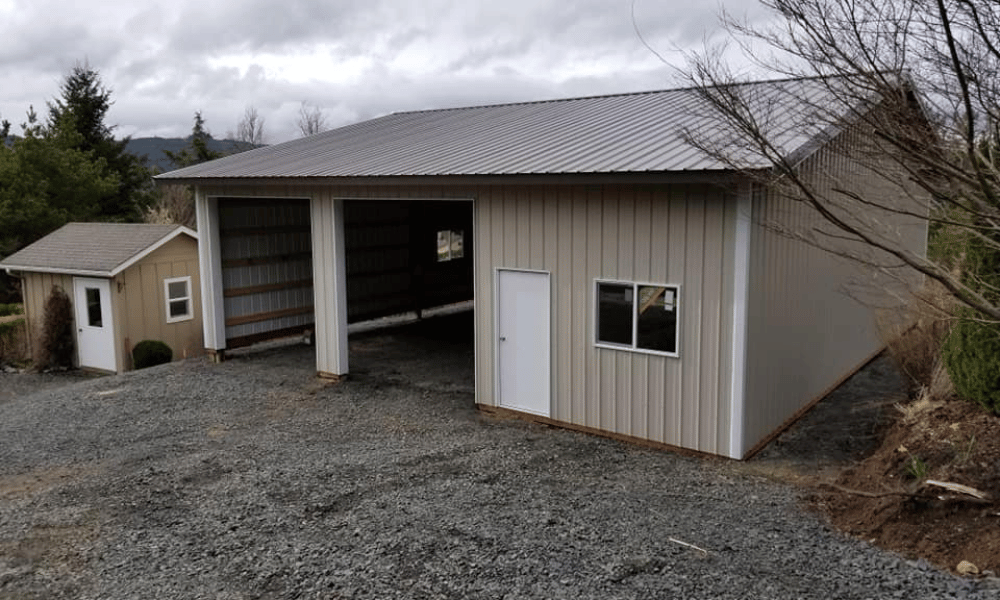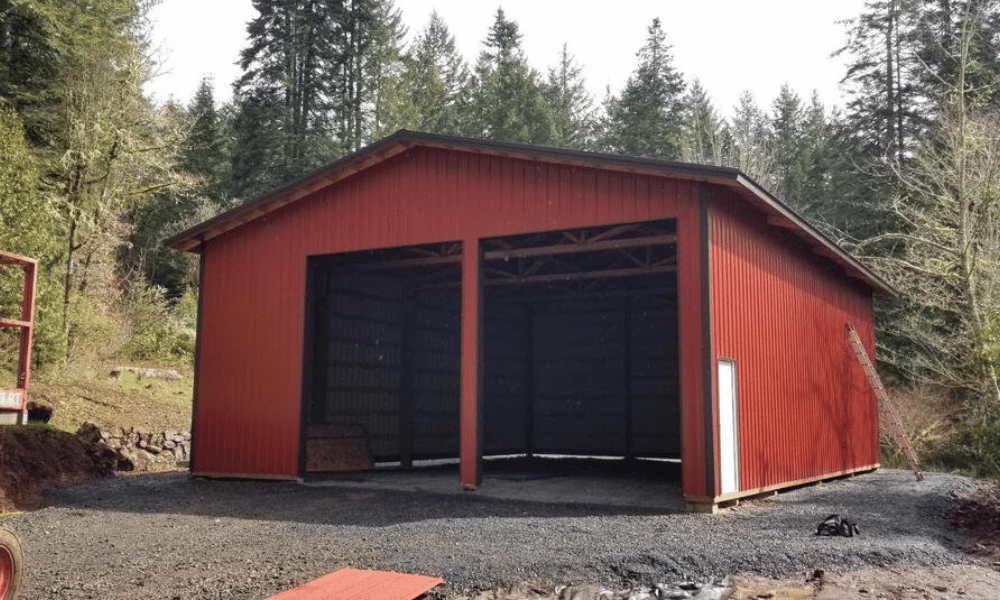Building a pole structure is an exciting endeavor that combines utility and aesthetics. However, one of the most critical elements that can make or break your pole building project is its foundation. This article will delve into the intricate details of what constitutes a good foundation for a successful pole building, exploring various factors and principles to ensure you create a sturdy and durable structure.
Understanding Pole Buildings: An Overview
What Are Pole Buildings?
Pole buildings, often referred to as post-frame buildings, are structures where vertical posts serve as the primary support system. Unlike traditional buildings that rely on extensive foundations and walls, pole buildings utilize poles buried in the ground to support the weight of the building materials above.
Advantages of Pole Buildings
Cost-Effective: Generally cheaper to construct than conventional buildings. Quick Construction: Reduced build times due to simplified construction techniques. Versatility: Suitable for agricultural, commercial, and residential applications. Energy Efficiency: Often easier to insulate than other types of structures.Common Uses of Pole Buildings
- Agricultural storage (barns, silos) Workshops and garages Commercial spaces Residential homes
What Makes a Good Foundation for a Successful Pole Building?
The foundation is arguably the most important aspect of any construction project, including pole buildings. A well-designed foundation ensures stability, durability, and longevity.
The Role of Foundations in Pole Structures
Foundations provide crucial support by distributing the weight of the structure evenly across the ground. An inadequate foundation can lead to settling or shifting, which may cause structural damage over time.
Types of Foundations Suitable for Pole Buildings
Concrete Slab Foundations: A thick slab of concrete provides stability and is often used for smaller structures. Pier Foundations: Concrete piers are set deep into the ground to provide robust support while allowing for moisture drainage. Footing Foundations: These involve deep footings that extend below frost lines to prevent heaving during freeze-thaw cycles.Key Considerations When Choosing Your Foundation
Soil Type Analysis
The type of soil at your building site plays an essential role in determining which kind of foundation will work best.
Types of Soil
- Sandy Soil: Well-draining but may require deeper foundations. Clay Soil: Expands and contracts with moisture changes; requires careful planning. Loamy Soil: Ideal balance; generally supportive for various foundations.
Load-Bearing Capacity
Before selecting a foundation type, assess how much weight it needs to support—this includes not only the building itself but also additional loads like snow or equipment inside.
Moisture Management
Excess moisture can undermine foundations leading to rot or settling issues:
- Ensure proper drainage around your foundation area. Consider using vapor barriers if necessary.
Design Elements That Enhance Foundation Strength
Reinforcement Techniques
Adding reinforcement bars (rebar) within your concrete can significantly increase its tensile strength.
Common Reinforcement Methods
Steel reinforcements Fiber-reinforced polymers (FRP) Geogrid reinforcementsProper Drainage Solutions
Incorporate gutters and downspouts that direct water away from your foundation to minimize erosion and moisture intrusion.
Building Codes and Regulations for Foundations
Always check local building codes when designing your pole https://www.deanlindseyconstruction.com/pole-barn-carports-and-awnings building's foundation:
Consult with local authorities regarding required permits. Follow guidelines set forth by state regulations regarding structures in different zones.The Importance of Professional Consultation
While DIY projects can be rewarding, consulting with professionals ensures compliance with safety standards:
Structural engineers offer insights into design efficacy. Contractors can help you select materials suited for local conditions.Construction Steps for Your Pole Building Foundation
1. Site Preparation
Start by clearing vegetation and debris from your building site.
2. Soil Testing
Conduct tests to understand load-bearing capacity and moisture levels in the soil.
3. Layout Planning
Mark out where each post will be placed according to your design specifications.
4. Excavate Holes
Dig holes deep enough based on your chosen foundation type—typically 3 feet or more depending on frost lines in colder climates.
5. Set Posts or Piers
Position vertical posts or piers securely within their respective holes.
6. Pour Concrete
If using concrete piers or slabs, ensure even pouring while taking care not to disturb posts already set in place.
Maintaining Your Foundation Over Time
Once you’ve built your pole structure, ongoing maintenance is vital:
Regularly inspect for cracks or signs of settling. Maintain clear drainage paths around the structure's base. Address any issues immediately before they escalate into larger problems.FAQs about Pole Building Foundations
What type of soil is best for constructing a pole building?
Loamy soil typically provides ideal conditions due to its balanced composition; however, sandy soils can also work if managed properly with appropriate foundations designed for shifting properties.

How deep should poles be buried?
Generally speaking, poles should be buried at least one-third their total length—commonly around 3 feet deep—to ensure adequate stability.
Can I use treated lumber for my poles?
Yes! Treated lumber helps resist rot and insect damage; however, it’s essential always to check local codes regarding this practice.
What are common mistakes when pouring concrete foundations?
Common errors include improper curing methods leading to weak concrete or failing to allow adequate drainage options around poured slabs.
Is it necessary to hire professionals?
While many opt for DIY projects based on their skills level/experience hiring engineers/contractors ensures adherence safety standards throughout entire process

How does climate affect my choice of materials?
Regions experiencing extreme temperatures must consider insulation factors alongside potential heaving caused by frost cycles when selecting materials/foundations.
Conclusion
A solid foundation is indispensable when it comes down to constructing successful pole buildings; understanding various factors—including soil types load-bearing capacities & moisture management—will empower anyone embarking on this journey! Whether you choose concrete slabs pier systems all aspects discussed here play crucial roles ultimately impacting longevity functionality overall satisfaction achieved through completed projects!
With diligent preparation expert consultation along thoughtful execution we believe every builder can establish strong reliable bases ensuring lasting success future endeavors involving these versatile structures!